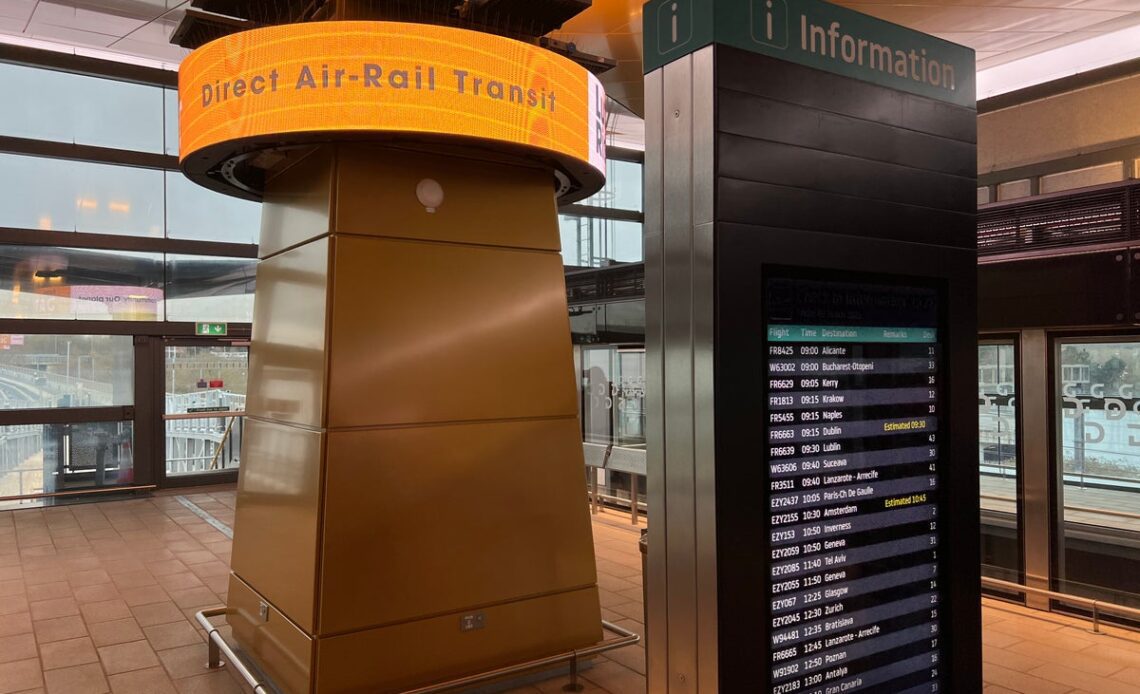You say you want an aviation revolution? Well, had that question been posed in the mid-1930s, the answer would have been found 27 miles south of London – at a brand-new airport, Gatwick. The hub was built right next to the main railway line, halfway between the capital and Brighton.
Surface connectivity has served the UK’s second airport well over the decades. Links have come and gone: the Sussex Scot no longer connects Gatwick with Edinburgh and Glasgow (easyJet has taken the traffic), while Kent no longer has a direct train to the airport. But the repertoire of routes remains impressive.
Northbound, there are 15 trains each off-peak hour to London with some services continuing to Cambridge, Peterborough and Bedford. A link to Reading provides easy connections to the west of England. Southbound, Gatwick has direct trains to Brighton, the rest of the south coast and Southampton.
Gatwick is now much easier to use, after a £250m rejuvenation of its rail station. It has the biggest range of rail options among UK airports, with Manchester second. Birmingham, Luton (with the new Dart shuttle link), Southampton and Stansted are not far behind. Heathrow’s access by rail has been transformed by the Elizabeth line.
But if those are good – where is it bad?
Among the remaining top 10, Edinburgh has a tram line while Glasgow is a brisk 20-minute walk from Paisley Gilmour Street station. Bristol and Belfast international have the poorest surface connections. Both are accessible only by bus, and so poor is Bristol’s connectivity that last month a serious road accident near the airport led to departures being suspended as staff and passengers struggled to reach the terminal.
Just 206 air miles northwest of Bristol, Dublin airport is presently a bus-only zone – though the exciting MetroLink project, modelled on the driverless Copenhagen Metro, will eventually see fast, high-frequency airport-city transport.
Copenhagen airport has a Metro as well as an intercity main line to the Danish capital and Malmo in Sweden. The three big western-European hubs – Amsterdam, Frankfurt and Paris CDG – all have excellent intercity and local rail links.
In contrast, eastern Europe is lagging behind. Budapest and Prague have Metro stations tantalisingly close to their international airports, but dedicated followers of public transport have to choose…
Click Here to Read the Full Original Article at The Independent Travel…
